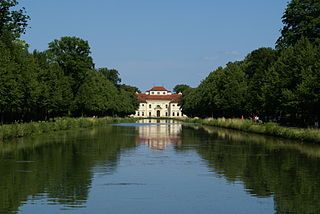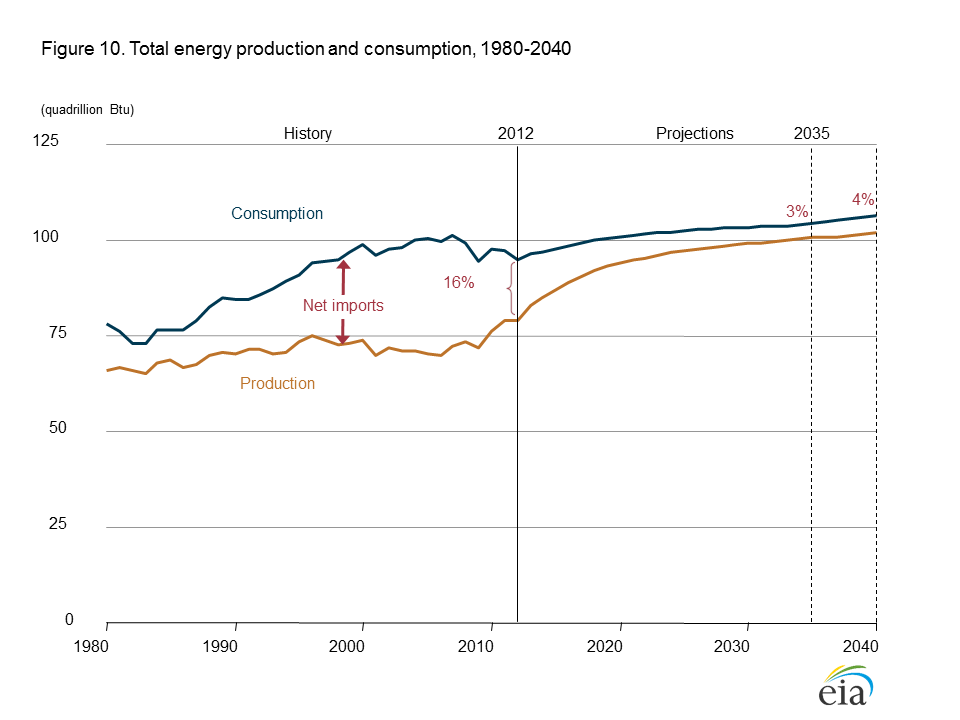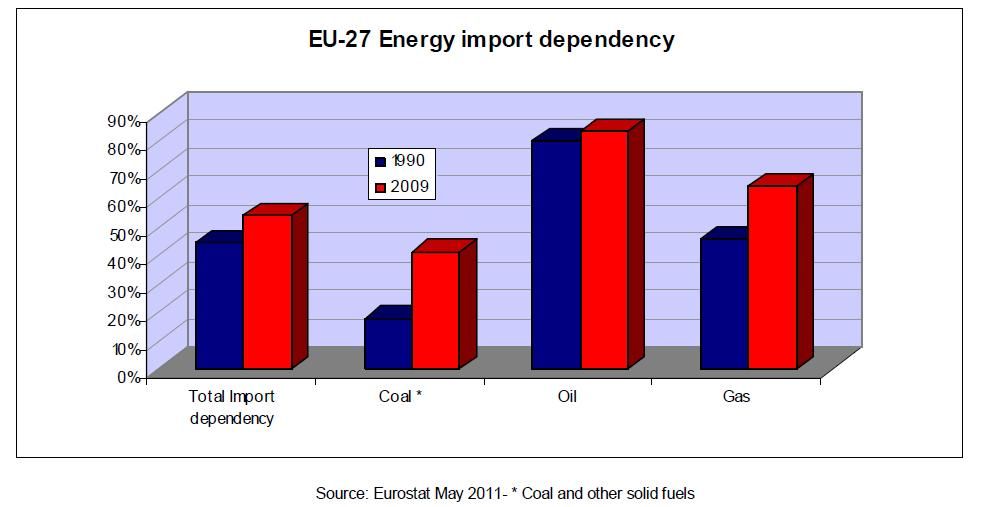From 2GreenEnergy Intern Oliver Goavec: Europeans and Americans Have Different Perceptions on Climate Change — Part One of Three

In 1950, Robert Schuman the French Minister of Foreign Affairs made a declaration in order to create the European Coal and Steel Community (ECSC). The purpose of this community was to bring a long-term peace in Europe by making countries interdependent therefore making war impossible. This was a solution, focused on energy, that laid the foundation of the European Union. At that time the coal was the most-used resource to produce energy; issues like climate change were not on the horizon at the time. In 1957 Europe created the European Atomic Energy community (EURATOM) in order to develop the electricity from nuclear, which was still in its infancy.
One of the earliest occasions at which the international community started to talk about the climate issue was in 1972, with the first Earth Summit in Stockholm, Sweden, under the aegis of the United Nations. 26 principles were signed, in order to insure a global politics which would take care of the environment. More than the global warming, the real discussion was around pollution in the world: how to preserve our future, the sea, the fauna and flora, how to best use our resources, etc. That summit was also the start of something new. Indeed UN decided to reconvene the Earth Summit every 10 years.
One year later, in 1973, the first oil crisis was at its peak due to an OPEC (Organization of Petroleum Exporting Countries) oil embargo on the countries that were supporting Israel in the Yom Kippur War, e.g., the U.S. and the Netherlands. At the same time, OPEC decided to double the price of a barrel of oil. This was the point at which attitudes began to change and energetic savings began a priority. The U.S. reacted to this crisis by creating theFederal Energy Agency to coordinate the actions in the energy savings domain, to research renewable fuels, and to make related investments. The U.S. also decided to exploit Alaska’s oil, and to promote small cars. Europe for its part decided to diversify its importation, to limit cars’ speed on road, and to develop its nuclear program and energy sobriety.
To understand the difference of opinion about climate change between Europeans and Americans, it is interesting to look at the energy consumption of the two entities and highlight the differences. First, we note the relationship between the internal production of gas, coal, oil, and uranium and the importation of those same resources. Indeed, countries that possess an important amount of energetic resources have a tendency to take advantage of them, because the price of the raw material is low, the consumer will have lower bills. Doing so also creates jobs, as well as revenues generated from exportations.
On the contrary, if a country has no resources, it needs to diversify its suppliers so as not to be at the mercy of them. It need to purchase these commodities in the international market, and will experience high energy bills. We can understand that it would be easier to have a politics oriented towards renewable energy in the second case than in the first one.
The U.S. is the second largest energy consumer (right after China), but it also has one of greatest energy resources in the world. As we can see below, the difference between the production and the consumption of energy in the U.S.


After Fukushima in 2011, the nuclear field is less attractive and Germany decided to speed up the timetable by closing eight nuclear plants as quickly as possible; all the nuclear facilities in the country will be closed by 2022. To help this energy independence move forward, we can also improve the development of an integrated electrical grid between EU members, just like we currently have with respect to natural gas.
(See part two tomorrow.)
